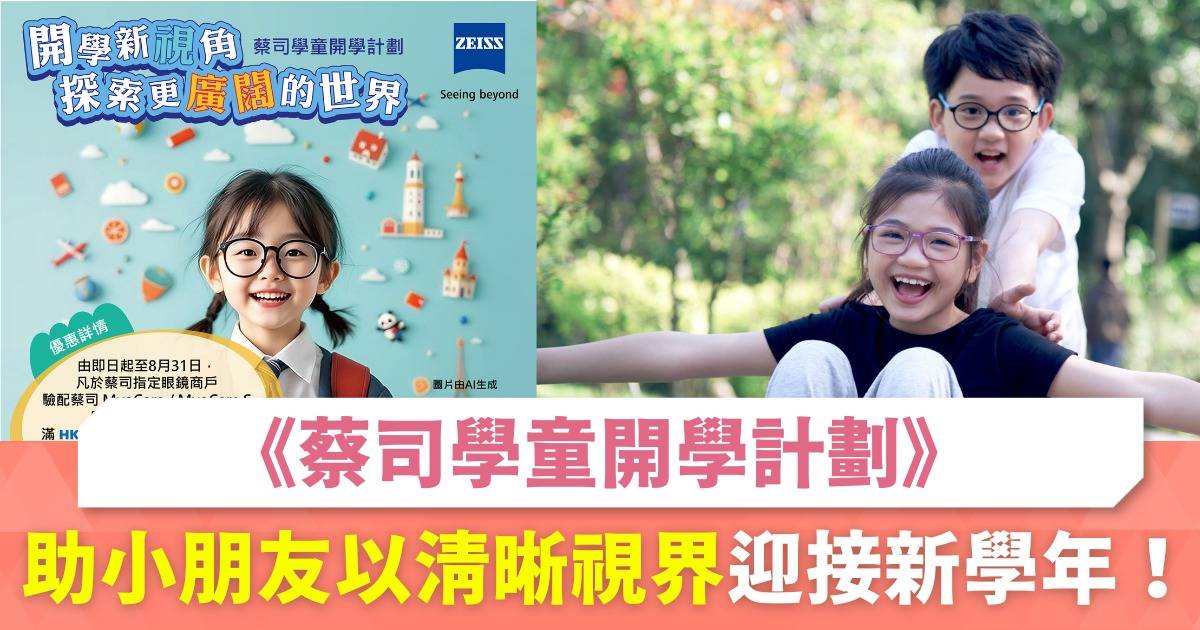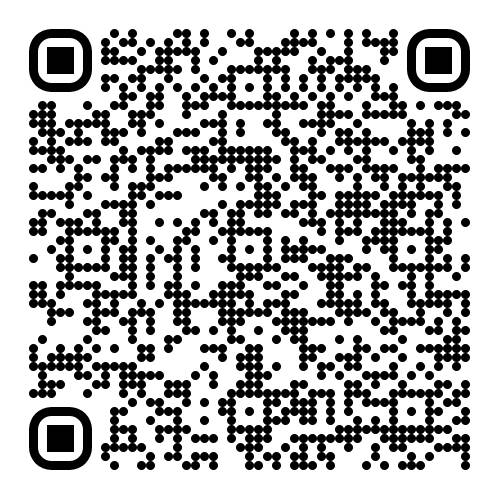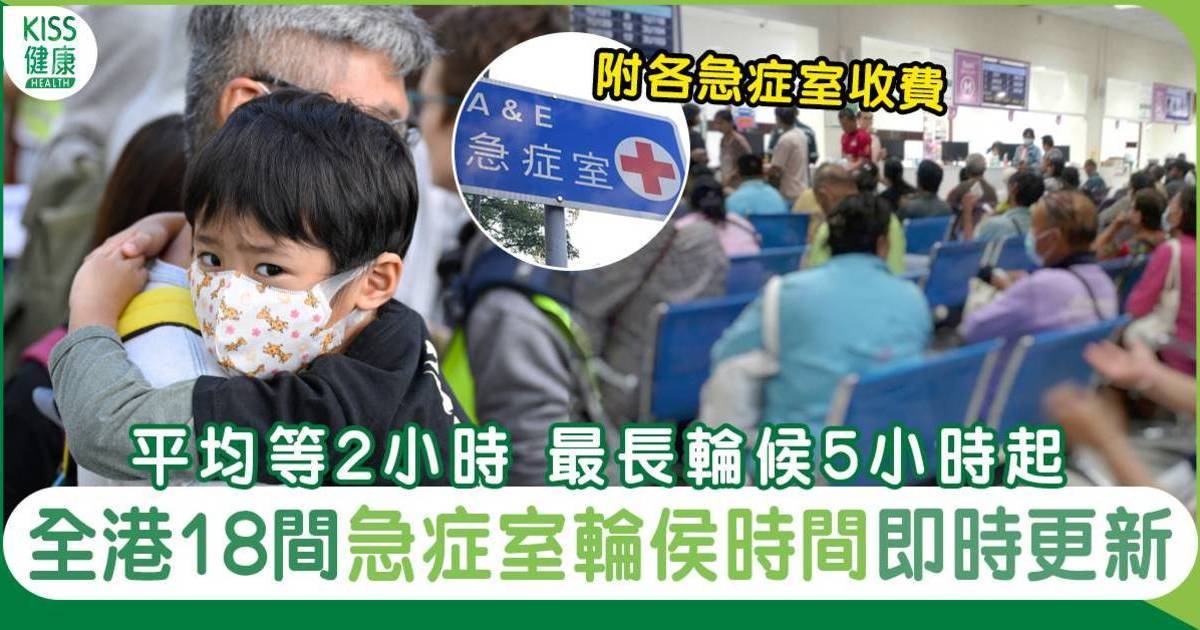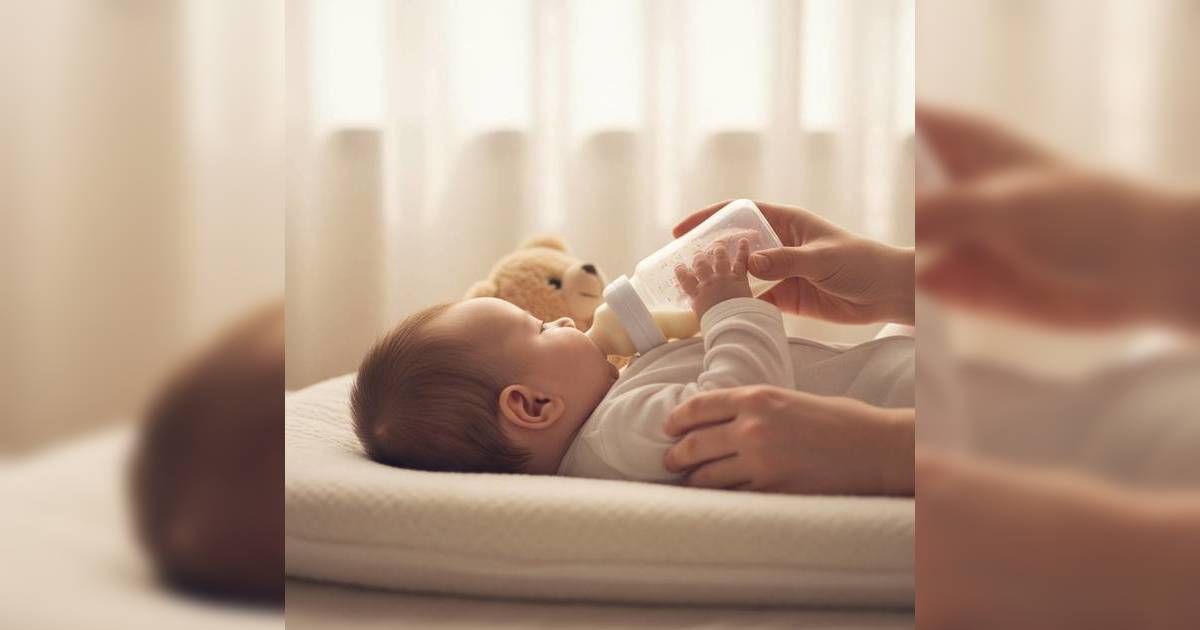守護小朋友「睛」彩未來 《蔡司學童開學計劃》助小朋友以清晰視界迎接新學年!
新學年臨近,各位爸媽除了要忙於準備課本和校服,更要好好準備小朋友的「視力」。因為經過一個暑假,小朋友的雙眼,很可能因長時間的學習和電子產品使用而加深了近視,香港作為全球近視發病率最高的地區之一,超過40%的8歲兒童已患上近視,這不僅影響學習表現,更可能為未來健康埋下隱患和嚴重併發症的風險,包括早發性白內障、青光眼、視網膜脫落以及黃斑點病變等。要知道,6至12歲是兒童近視控制的關鍵階段,但面對琳瑯滿目的護眼方案,許多家長難免感到迷茫。究竟哪種方法才能真正減緩小朋友近視加深?《蔡司學童開學計劃》便幫到各位爸媽!
科技與自然的完美結合:蔡司MyoCare兒童近視控制鏡片
提起兒童近視控制,大家一定會想起近視控制鏡片,當中最廣為人熟知的,便是蔡司MyoCare兒童近視控制鏡片,其結合香港理工大學專利的同心多環近視管理技術(DISC)2及C.A.R.E.®技術,除了有效減緩近視的加深,還有兩年研究證實持續有效:
為了全方位守護小朋友視力健康,蔡司特別推出《蔡司學童開學計劃》,由即日起至2025年8月31日,凡於參與眼鏡店商戶驗配蔡司MyoCare兒童近視控制鏡片滿港幣$3,200(單一發票計算,不包含鏡框),即可獲贈「$200 Klook電子禮品卡」乙張*。這個計劃更鼓勵家長多帶小朋友到戶外,透過大自然的光線與活動,讓小朋友放鬆身心、減少長時間使用電子產品的機會,同時減緩近視發展。
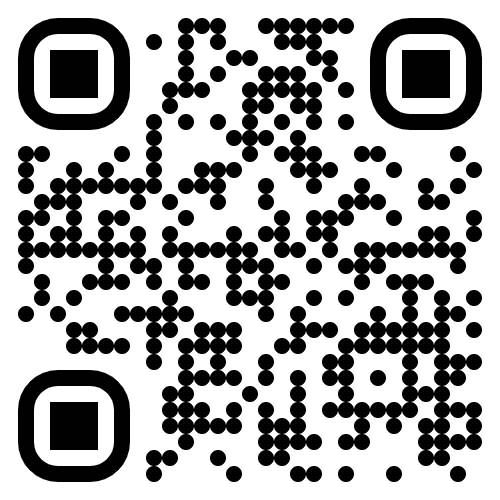
每日戶外放電至少2小時
陽光中的自然光能刺激視網膜分泌多巴胺,減緩近視加深。鼓勵孩子放學後到公園跑跳、騎單車,假日多安排遠足、露營等活動,減少黏着電子螢幕的時間。
遵守「20-20-20」黃金法則
近距離用眼(如讀書、畫畫、用平板等等)每20分鐘,抬頭望20呎(約6米)外的景物20秒,讓眼睛肌肉放鬆,避免疲勞累積。
保持正確姿勢與適當光線
看書寫字時,胸口離桌一拳、眼睛離書本30公分,光線要均勻明亮,切勿在昏暗環境或躺着玩手機!
均衡飲食補充護眼營養
多吃深綠色蔬菜(菠菜、芥蘭)、橙黃色蔬果(南瓜、紅蘿蔔)及藍莓,攝取葉黃素、維生素A和Omega-3,為眼睛提供天然保護層。
定期驗眼,早發現早控制
即使小朋友沒抱怨視力模糊,每年也應做一次全面眼睛檢查。若已配戴近視控制鏡片,更要按視光師建議定期覆檢,確保效果。
視力健康會直接影響小朋友學習專注力與自信心,與其等到近視加深才焦急,不如趁現在主動出擊,透過《蔡司學童開學計劃》及早控制小朋友近視問題,讓他們擁有清晰的視界迎接新學年!
*活動受條款及細則約束
- Chen, X., et al. (2025, May 4-8). Slowing myopia progression with cylindrical annular refractive elements (CARE) – results from a 2-year prospective multicenter trial. [Conference presentation abstract]. The Association for Research in Vision and Ophthalmology (ARVO) Annual Meeting, Salt Lake City, UT, United States.
- Hong Kong Polytechnic University owns granted patents (including Chinese patent: CN103097940) on annular concentric lens for myopia control, which are licensed to Carl Zeiss. Carl Zeiss started in 2021 to develop in collaboration with Wenzhou Medical University the latest cylindrical annular refractive elements technology for spectacle lenses that is used in MyoCare lens designs.
- Sankaridurg, P.,et al.(2024, May 5-9). Probability of surviving fast progression and eye growth reversal after 1-year of spectacle wear with cylindrical annular refractive elements [Conference presentation abstract]. The Associationfor Research in Vision and Ophthalmology (ARVO) Annual Meeting, Seattle, WA, United States. The risk of fast myopia progression(-0.75D or worse) was significantly reduced, with nearly 90% (86%) ZEISS MyoCare wearers experiencing fast annual myopia progression (only 17% and 14% of ZEISS MyoCare and ZEISS MyoCare S wearers experiencing fast progression) compared to 51% of children wearing single vision lenses.
- Twelve-months of lens wear, both ZEISS MyoCare lenses slowed AL significantly and approached closer to AL growth of an emmetropic eye, with average EPRs of 70%* for ZEISS MyoCare and 68% for ZEISS MyoCare S. Ohlendorf, A., et al. (2024, May 5-9). Myopia control efficacy through Emmetropic Progression Ratio:1-year of spectacle wear with cylindrical annular refractive elements (CARE) [Conference presentation abstract]. The Association for Research in Vision and Ophthalmology (ARVO) Annual Meeting, Seattle, WA, United States.
- Rifai, K., et al. (2024, May 5-9). Subjective acceptance of spectacle lenses with cylindrical annular refractive elements (CARE) in Chinese children with myopia [Conference presentation abstract]. The Association for Research in Vision and Ophthalmology (ARVO) Annual Meeting, Seattle, WA, United States.
- Alvarez-Peregrina C., et al. (2024, April 12-14). Vision, confort y tiempo de adaptacion a un nuevo diseno de lente oftalmica para el control de miopia [Conference presentation abstract]. OPTOM 2024, Madrid, Spain.
- Boeck-Maier, C., et al. (2024, May 5-9). Impact of parental myopia on myopia control efficacy of spectacle lenses with cylindrical annular refractive elements (CARE) [Conference presentation abstract]. The Association for Research in Vision and Ophthalmology (ARVO) Annual Meeting, Seattle, WA, United States.
(Presented by ZEISS)
關鍵詞
蔡司學童開學計劃
圖片來源:ZEISS



